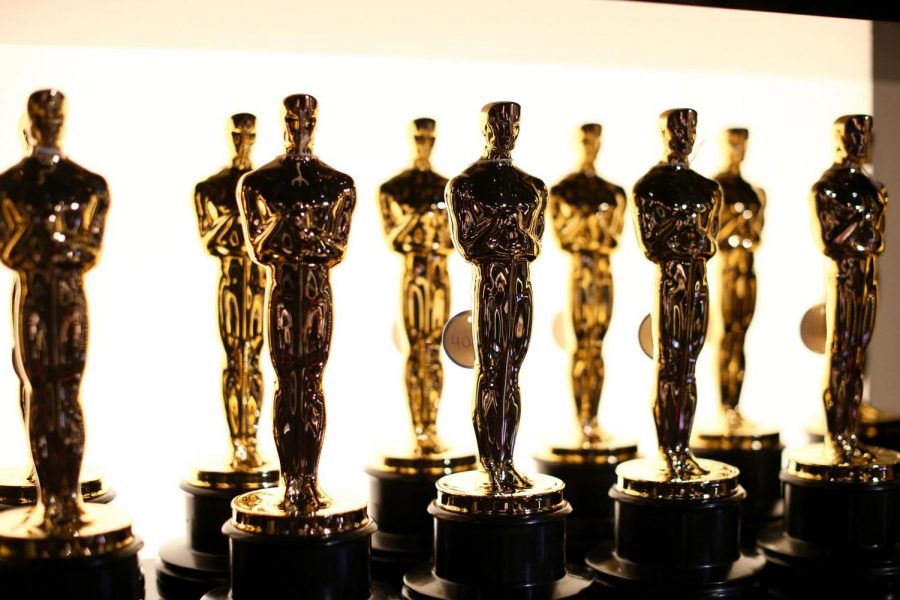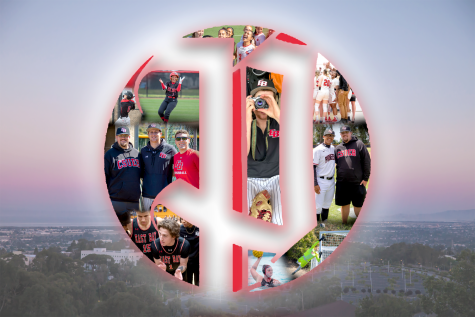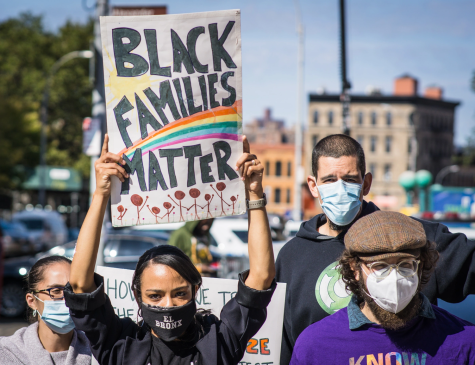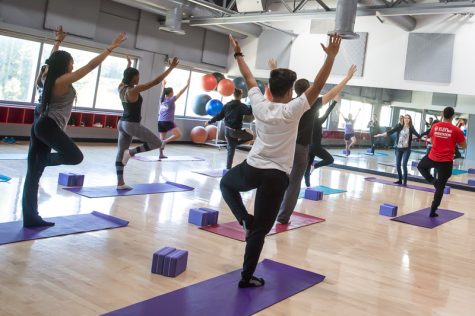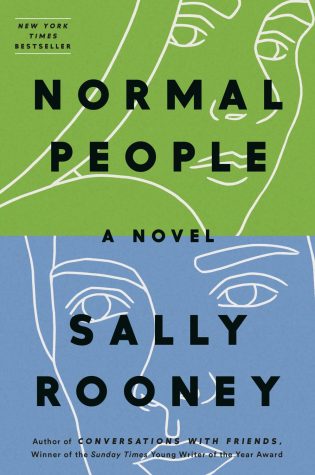Oscars Diversity Requirements Are Fake Woke
April 15, 2021
The Oscars are the most prestigious and coveted awards ceremony that filmmakers and film lovers alike look forward to every year. This year, the Oscars will take place on Sunday, April 25 at 5 p.m. Pacific Daylight Time.
With the 93rd Academy Awards fast approaching, it’s the perfect time to dissect the Academy’s attempt at inclusion and diversity. In 2020, the Academy of Motion Picture Arts and Sciences revealed a list of requirements that films must fulfill in order to be considered for a best picture nomination. These new requirements are an attempt to “encourage equitable representation on and off-screen in order to better reflect the diversity of the movie-going audience” according to the Oscars website.
Each requirement, or as the academy puts it “Representation and Inclusion Standards,” have specific categories and subcategories that delve into specific details about exactly how much diversity is required.
Standard A focuses on on-screen representation, themes, and narratives and requires certain diversity in either the lead or significant supporting actors, the general ensemble cast, or the main storyline/subject matter of the film.
Standard B calls for more diverse creative leadership and department heads with one of the suggested improvements being that 30% of the film’s crew should come from underrepresented groups. The academy lists women, racial or ethnic groups, LGBTQ, and people with cognitive or physical disabilities as options to fulfill the standard.
Standard C ensures more industry access and opportunities and requires that the film’s production, distribution and/or financing company offers paid apprenticeship and internship opportunities along with training opportunities and skills development for crew from underrepresented groups.
Standard D focuses on audience development and requires diversity and representation in the marketing, publicity, and distribution of the film.
For any film that is considered for a best picture nomination, these standards will be put into place starting with the 96th Academy Awards in 2024.
While the idea of these new diversity standards sounds appealing, a lot of people are under the impression that they’re nothing more than the academy trying to cover up their past controversies. It’s important to acknowledge the increased support for and normalization of social issues in recent years which can be another reason for the new standards; the academy’s attempt to fit into the progressive times. Most can agree that the introduction of these standards was catalyzed by the #OscarsSoWhite movement in 2015 that highlighted the serious lack of diversity in Oscar nominees.
The issue of the lack of diversity in the film industry is bigger than just who’s getting nominated and who is not. There is an extreme shortage of diverse representation in film, making it a white majority industry. From the cast to the crew of a film, this lack of representation makes underrepresented groups feel excluded from the “glamorous” world of film.
These new diversity and inclusion standards almost feel like the academy is mocking underrepresented groups as if without the standards, they could never be admitted into the film industry. Film should be about telling stories and should be made up of people with true talent, regardless of their societal standing or which demographic groups they’re a part of.
In a perfect world, the standards that the academy put forth would be just that; the standard. In reality, though, they are a list of requirements in the hopes of appeasing the audience of underrepresented groups after being denied equal access into the film industry for decades.
Perhaps these new standards will be a good thing for inclusion and diversity. It’s possible that they will ensure proper representation of more and more different types of people. Maybe in the next few years, we’ll see a steady increase in diverse and inclusive films to where eventually, inclusion will be the film industry norm.
At the end of the day, regardless of the academy’s true intentions behind the representation and inclusion standards, most can agree that as a film lover, one of the best feelings is to see yourself fully and accurately represented on the big screen. Hopefully, we can create a film industry where that is possible.




